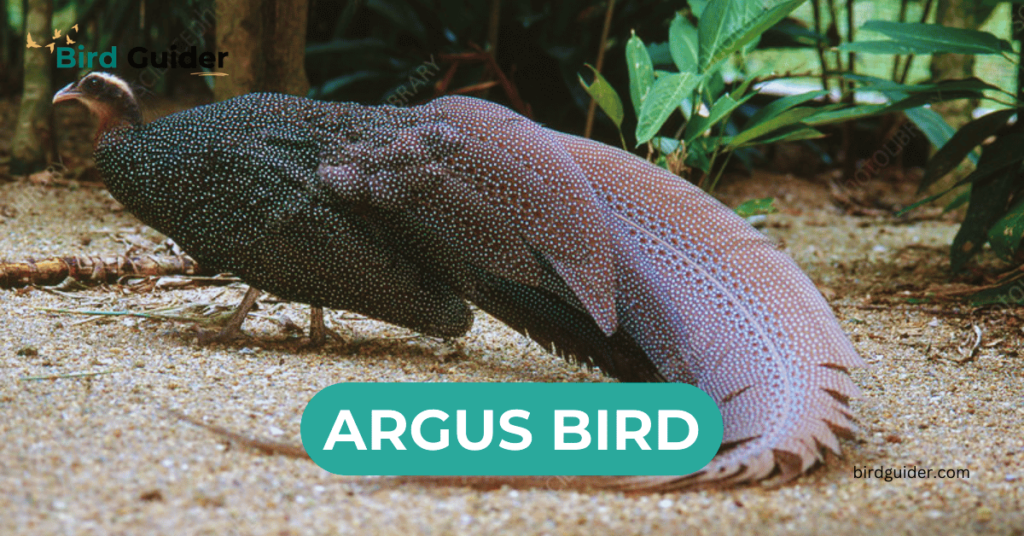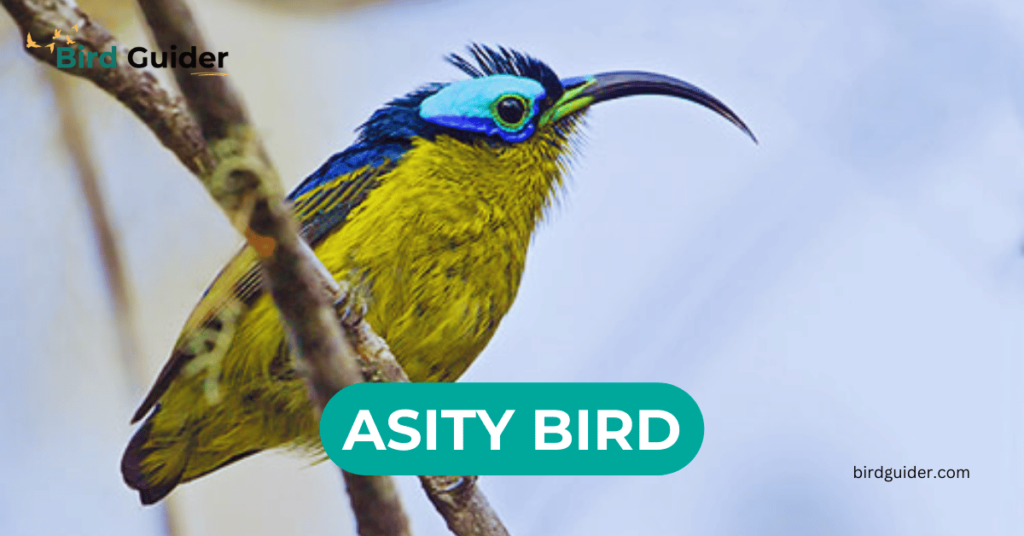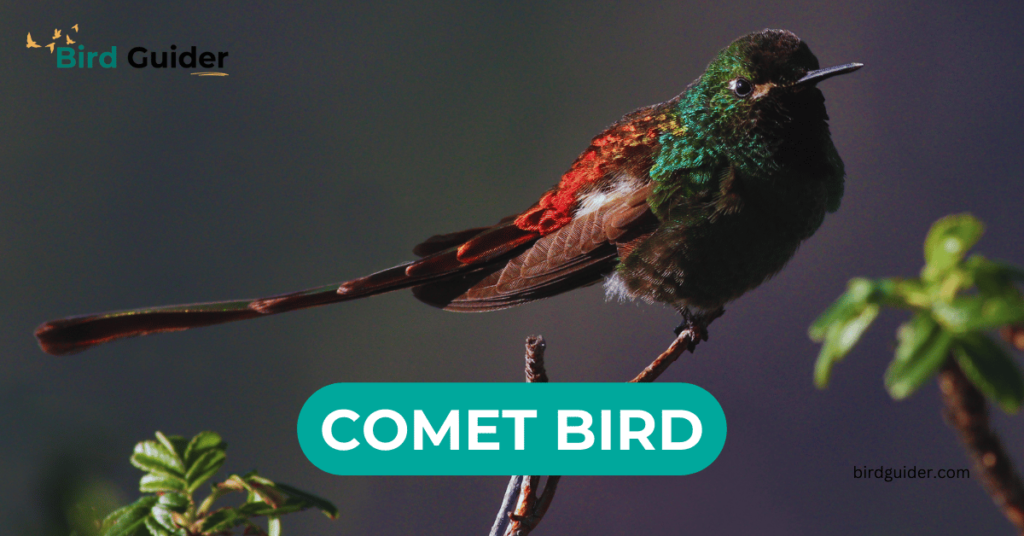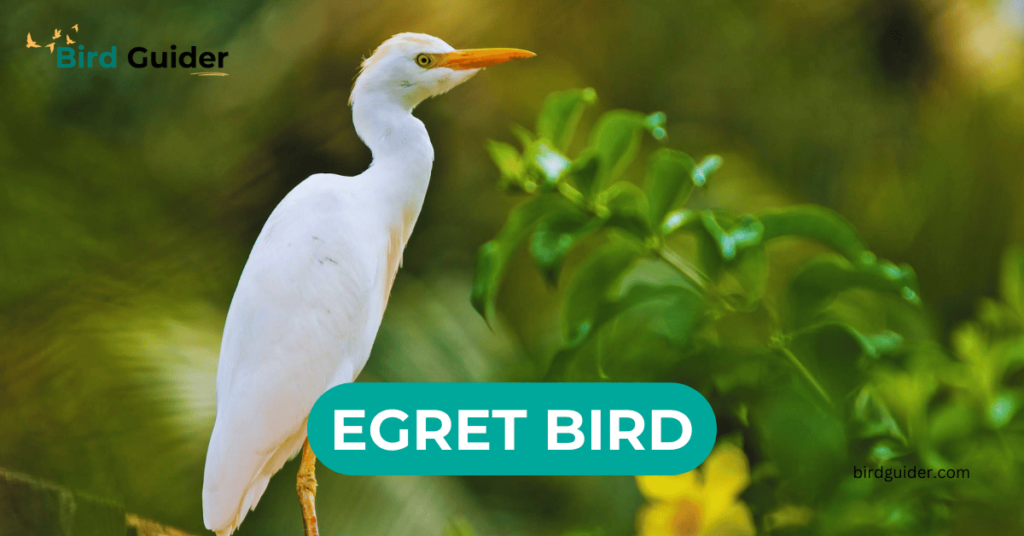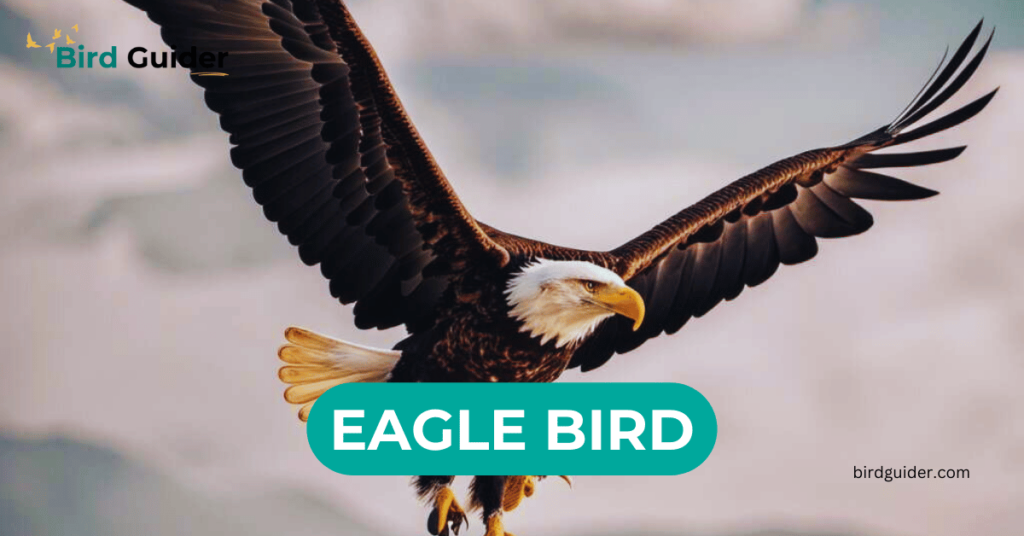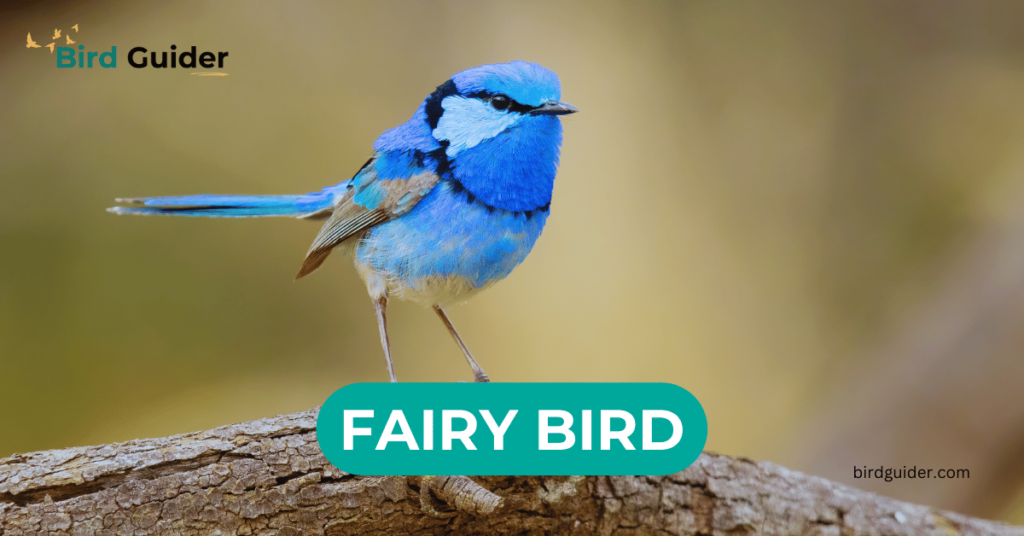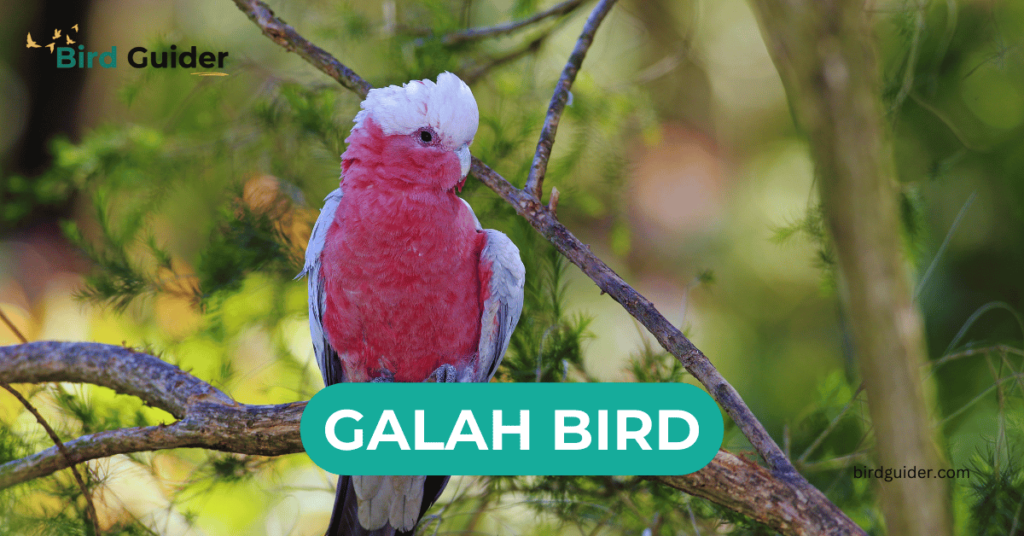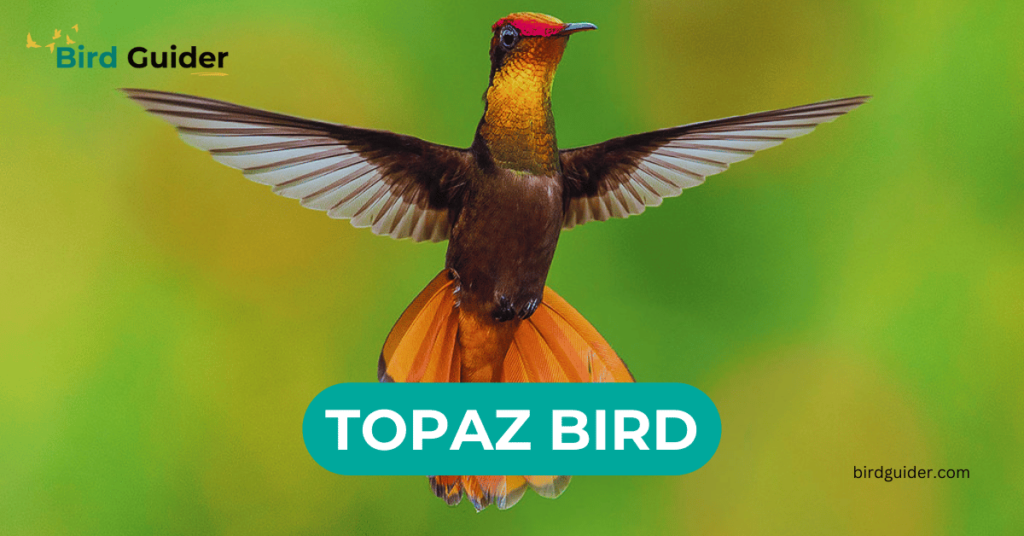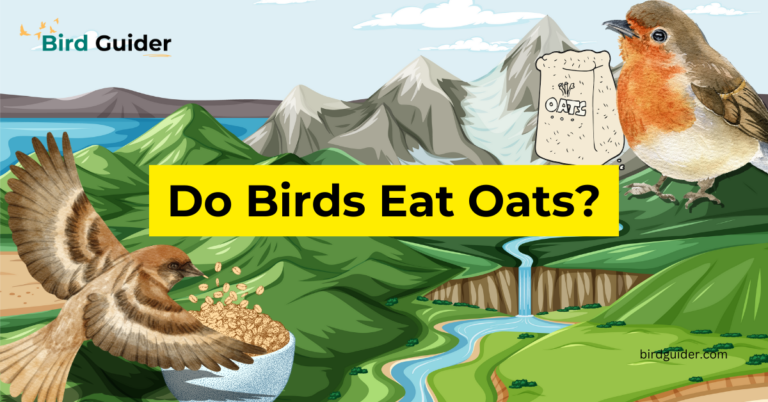Birdwatchers and nature enthusiasts alike often find themselves captivated by these feathered friends, each name evoking unique stories and images. Have you ever paused to consider how much character can be packed into just five letters? We’ll explore the fascinating five letter bird names that are as diverse as they are enchanting. We have already covered three letter birds and four letter birds names, so the birds lovers can also check them out and increase their knowledge.
What we have in our list of five letter bird names?
In this article we have listed 54 birds who have 5 letter in their names. Most of birds like eagle, goose, heron, quail, robin, sibia and vanga are common but list is to long and we have all covered. We also discussed briefly about their life and behavior, so scroll down and increase your avian knowledge.
Argus Bird
The Argus Bird, with its colorful feathers, lives in the tropical rainforests of Southeast Asia. It searches for fruits, seeds, insects, and small animals in thick underbrush. Males attract females by building nests and performing courtship dances with their beautiful tail feathers. Unfortunately, deforestation threatens their survival, so conservation efforts are crucial.
Asity Bird
Asity birds are found in Madagascar’s forests and mountains. They mainly eat fruits but also eat insects depending on the season. These colorful birds use their special beaks to eat and perform elaborate mating displays. Some live alone, while others form social groups during mating seasons. Habitat loss is a major threat, leading to conservation efforts. They can live up to 10 years, indicating a need for more research on their behavior and ecology.
Booby Bird
The Booby bird is a unique seabird found in tropical areas. They have long wings and streamlined bodies, making them great at flying and diving for fish. They nest in colonies on rocky cliffs and return to the same spots each year. Their diet mainly consists of small fish, and their migration patterns differ among species.
Batis Bird
The Batis bird lives in various sub-Saharan habitats and mainly eats insects. They move to find food and nest in thick plants for safety. With short beaks and agile wings, they catch prey and navigate through bushes. Habitat loss puts them at risk, so understanding their role is important for protecting biodiversity.
Besra Bird
The Besra bird is a small raptor found in Southeast Asia and can live in different habitats. It has a wingspan of up to 70 centimeters, which helps it hunt smaller birds and insects using quick dives. Besras build nests high in trees for safety and communicate through unique calls during mating.
Brant Bird
The Brant bird is a small waterfowl with a black neck that migrates. It lives in coastal areas and eats seagrasses using its special beak. Brants gather in large groups to help navigate during migration and build nests in dense plants to protect their young. They can live for 20 years, but habitat loss and climate change threaten their survival.
Comet Bird
The Comet Bird is colorful and fast and they lives in places like rainforests and savannas. It eats insects and fruits which helps to spread seeds and support biodiversity. These birds migrate to find food during seasonal blooms and nest together for safety. Their unique wings help them move well, but habitat loss and climate change put them at risk, so we need to protect them.
Crane Bird
Crane birds live in wetlands and grasslands around the world. The whooping crane likes marshes, while the common crane prefers steppes. They migrate long distances, like the sandhill crane traveling from Canada to Texas, using thermal updrafts to save energy. These social birds form pairs and perform courtship rituals, but habitat loss and climate change put them at risk, leading to conservation efforts.
Carib Bird
The Carib Bird is known for its bright colors and lives in many habitats. They have special beaks that help them eat different foods and adapt to seasonal changes. They migrate long distances for breeding and resources. To protect themselves and find food, they work together and build complex nests from local materials.
Egret Bird
Egrets are elegant white birds that live in wetlands and estuaries. They have special beaks for hunting and can soar gracefully during migration, sometimes traveling thousands of miles. They nest in colonies and mainly eat small fish, but also crustaceans and insects. To survive, they need protection from habitat loss due to urbanization and pollution, and awareness is growing for their conservation.
Eider Bird
The Eider bird has soft down feathers and lives in Arctic and sub-Arctic areas, mainly along rocky coastlines. It eats mollusks and crustaceans by diving under icy waters. Eiders migrate to warmer waters in winter and return north to breed in large groups. They are strong fliers, form flocks outside breeding season, and need conservation due to habitat loss and climate change.
Eagle Bird
Eagles are strong birds found in many places, from mountains to coasts. They have powerful wings for soaring and searching for food, mainly small mammals and birds. Some, like the Bald Eagle, are great at fishing. They can live up to 30 years while communicating with each other.
Fairy Bird
Fairy birds live in tropical forests and mountains in Southeast Asia. They have shiny feathers and beautiful songs, feeding on nectar, insects, and fruits with their special beaks. They help pollinate plants and show different nesting habits, sometimes hiding their nests. Their survival is threatened by habitat loss and climate change, so urgent conservation efforts are needed.
Finch Bird
Finch birds are colorful and vocal and they lives in various habitats. They build nests in trees using twigs and grasses, and their beak shapes vary based on their diet. Some finches stay year-round while others migrate, and many face population declines due to habitat loss, emphasizing the need for conservation.
Galah Bird
The Galah is a colorful cockatoo found in various Australian habitats. They eat seeds, nuts, and roots and live in large flocks, communicating with playful sounds. While they can live up to 40 years, urbanization threatens their habitats and migration patterns.
Grass Bird
Grass birds live in grassy areas and have slim bodies and strong legs for moving around. Their beaks change shape based on what they eat, and they use calls to attract mates and defend territory. Habitat loss from cities and farming puts them at risk, making conservation efforts essential.
Grebe Bird
Grebes are unique birds that live in freshwater lakes and wetlands. They have long necks and special feet for diving and catching small fish, amphibians, and invertebrates. Grebes migrate long distances to avoid winter and build floating nests for protection; they live about 10-15 years, and conservation is important due to habitat loss and pollution.
Goose Bird
Geese thrive in temperate areas with plenty of water and mainly eat grasses and aquatic plants, along with some grains. They migrate thousands of miles using natural cues like the sun and stars, and they build nests near water. Some geese face threats from habitat loss and hunting, leading to conservation efforts.
Hobby Bird
The Hobby Bird lives in open areas and skillfully catches flying insects. They migrate from Europe to Africa, nesting high up with twigs they collect while flying. To survive habitat loss, we need to protect them and their environment.
Heron Bird
Herons live in wetlands and shorelines where food and safety are plentiful. They use their long legs and necks to quietly hunt fish and insects. Many migrate to warmer areas after breeding, and conservation is crucial due to habitat loss and pollution.
Junco Bird
The Junco bird lives in many North American places, from forests to city gardens. They eat seeds, insects, and berries which helps them survive and spread seeds for healthy ecosystems. Juncos migrate long distances or stay in good conditions, build hidden nests, and communicate with bright colors and sounds, showing resilience despite challenges.
Miner Bird
Miner birds adapt well to grasslands and dry areas with strong beaks and wings for catching insects and seeds. They form protective flocks for better foraging and choose nesting sites with good cover and food. However, habitat loss and climate change threaten them, making conservation important.
Mango Bird
The Mango Bird lives in various habitats in Central and South America, especially where there are flowering plants. They have curved beaks to reach deep nectar and build hidden nests to protect against predators. However, habitat loss and climate change threaten them, making conservation efforts crucial.
Murre Bird
Common murres and thick-billed murres live in tough arctic and subarctic areas, nesting in large groups on steep cliffs. They lay eggs on bare rock to hide from predators and can dive up to 200 meters to catch fish. However, climate change threatens their food supply, raising concerns for their survival.
Monal Bird
The Himalayan Monal lives in high areas of Nepal, India, and Bhutan, thriving at 2,400 to 4,800 meters. It eats plants, insects, and small creatures, and females lay three to seven eggs in simple nests. While some Monals are protected in national parks, habitat loss and climate change pose threats, making conservation efforts crucial.
Maleo Bird
The Maleo Bird lives only in Indonesia, especially in Sulawesi’s coastal forests. It uses heat from geothermal springs to incubate its eggs and mainly eats fruits, seeds, and insects. With its colorful feathers and strong digging abilities, the Maleo is vulnerable and needs conservation efforts to survive.
Munia Bird
Munia birds live in grasslands and wetlands across Asia and Africa and are often seen in flocks. They eat seeds, fruits, and grains, and build complex nests from grass during breeding season. With a short lifespan of about two years and they rely on reproduction for survival which makes their conservation efforts crucial due to habitat loss and climate change.
Minla Bird
The Minla bird lives in the mountains of Southeast Asia, favoring thick undergrowth in subtropical forests. They eat insects and fruits, have long tails and strong beaks, and often gather in small flocks to communicate. With their bright blue and orange feathers, they build nests in trees and face threats from habitat loss, highlighting the need for conservation.
Mesia Bird
Mesia birds live in Southeast Asia’s tropical forests and are known for their bright colors. They are 5 to 8 inches long, have long tails, and specialized beaks for eating insects and fruits. With complex social behaviors and melodic calls, they face threats from deforestation and climate change, prompting conservation efforts.
Noddy Bird
Noddy Birds live in tropical and coastal areas, nesting on sandy beaches and rocky shores. They eat small fish and crustaceans, diving or skimming to catch them. These birds migrate long distances, nest in groups for safety, and can live up to 10 years, but they need conservation due to habitat loss.
Owlet Bird
Owlet birds adapt well to different environments, like forests and cities. They hunt insects and small animals with their specialized beaks and fly silently with their broad wings. Nesting in tree holes or old buildings protects them from predators, but urbanization and farming threaten their survival, making conservation important.
Ouzel Bird
The ouzel bird lives in mountain streams in Europe and North America. With dark feathers and white throats, they blend into their surroundings and help control insect populations. They face threats from habitat loss and climate change, making conservation efforts essential.
Parus Bird
The Parus bird, or tit, thrives in many places, from forests to cities. They eat seeds, insects, and fruits, using their strong bodies and beaks to find food. While some migrate, others stay put year-round, and they face threats from habitat loss and climate change, making conservation important.
Pitta Bird
The colorful Pitta bird lives in dense tropical forests. It has strong legs and short wings for quick movement and eats insects, worms, and fruits. Pitta birds face threats from habitat loss and climate change, making conservation efforts crucial.
Prion Bird
Prion birds are well-suited for ocean life with their long wings and pointed beaks, which help them glide over the sea. They live in sub-Antarctic waters, nest in colonies, and eat zooplankton and small fish. These birds face threats from climate change and habitat loss, making conservation efforts crucial for their survival.
Pipit Bird
The Pipit bird has a slim body and long legs and lives in many places. Its pointed beak helps it find insects and seeds, and its brown feathers help it blend in. Some Pipits are alone, while others gather to feed during migration, and they build hidden nests to protect their young.
Pewee Bird
Pewee birds live in open woodlands and thick underbrush, where they build nests. They catch insects in the air with their slender beaks and migrate long distances between North and Central America. While they usually breed alone, they form flocks during migration, but they face threats from habitat loss and climate change, making conservation important.
Potoo Bird
The Potoo bird lives in Central and South America and blends in well with trees. It hunts insects at night using its large eyes and special beak. Potoos mate for life, lay one egg on flat surfaces, and face threats from habitat loss, making conservation efforts important.
Quail Bird
Quail birds are strong, ground-dwelling birds with short tails and camouflaged feathers. They live in grasslands and open woods, eating seeds, grasses, and insects. Quails form social groups, lay eggs in hidden spots, and communicate with various sounds, but habitat loss and hunting put them at risk, so conservation is important.
Raven Bird
Ravens are adaptable birds found in deserts, forests, and cities. They eat a wide variety of foods and use their intelligence to find new sources. Ravens build complex nests, communicate well, and can live over 15 years, with conservation efforts helping their populations grow despite habitat loss.
Robin Bird
Robins live in many places, from forests to city gardens. They eat earthworms, insects, and berries, especially needing protein when breeding. They help the environment by spreading seeds and improving soil.
Swift Bird
Swifts are great fliers found in cities and mountains. They have long wings and small beaks for catching insects in the air. Many migrate long distances and return to the same nests each year, but some face threats from habitat loss and climate change.
Stork Bird
Stork birds have long legs and special beaks that help them survive. They change their diets based on the season and migrate thousands of miles each year. Many stork species are threatened by habitat loss, so we need to protect them.
Stint Bird
Stint birds are small waders that search for food in wetlands and coastal areas using their slender beaks. They migrate from the Arctic to southern regions, nesting in camouflaged ground nests. Conservation is important due to habitat loss, and studying their adaptations helps ensure their survival in a changing climate.
Snipe Bird
Snipe birds live in wetlands and use camouflage to hide from predators. They have long beaks for finding food like invertebrates and migrate thousands of miles, stopping at wetlands. Although they can live up to five years, snipe face threats from habitat loss and climate change, prompting conservation efforts to protect their homes.
Stilt Bird
Stilt birds have long legs and slender bodies, thriving in wetlands like marshes and lagoons. They eat insects, small fish, and crustaceans, using their straight beaks to find food. They migrate long distances, nest in safe areas, and their calls range from soft whistles to alarms, highlighting the need to protect their habitats.
Sylph Bird
The Sylph bird lives in Andean cloud forests and has shiny feathers and agile bodies. They eat nectar and insects, build hidden nests, and communicate with beautiful calls. While mostly solitary, they may gather in small groups during nesting or when flowers are plentiful, but habitat loss threatens some species.
Scaup Bird
Scaup birds have black and white feathers and breed in shallow lakes and marshes in North America. They eat plants, mollusks, and crustaceans, using their specialized beaks to find food. Scaups migrate from Canada to the U.S. and Mexico, nesting on the ground and laying 7-10 camouflaged eggs, but they face threats from habitat loss and climate change.
Sibia Bird
The Sibia bird lives in the Himalayas and Southeast Asia, thriving in thick forests. They eat insects, fruits, and berries and often travel in small groups for safety. Deforestation threatens their habitat, so conservation efforts are crucial for their role in nature.
Topaz Bird
The Topaz Bird, found in Central and South America’s tropical forests, has vibrant feathers and mainly eats nectar, fruits, and insects. Its long bill helps it pollinate flowers and find nesting spots in tree hollows during migration. Although they can live over 10 years with good habitat care, many are declining due to habitat loss, stressing the need for conservation.
Tsuru Bird
The Tsuru bird is admired for its grace and adaptability in various habitats. With long necks and strong wings, they find food in wetlands and grasslands. Their migration and nesting habits are crucial for survival, but habitat loss and climate change put them at risk, making conservation essential.
Vireo Bird
Vireo birds have bright feathers and live in many North American habitats, feeding on insects and berries. They adapt well to seasonal food changes and migrate long distances to warmer areas in Central America. Females build nests from different materials, and their songs enrich the environment which makes conservation efforts important as climate change affects their habitats.
Veery Bird
The Veery bird, part of the thrush family, lives in dense woodlands across North America, where it finds food and safety. It eats insects and berries which help them with seed dispersal and pest control. Each year, the Veery migrates from Canada and the northeastern U.S. to Central America, facing threats like habitat loss and climate change, while its beautiful calls and ground nests show its adaptability.
Vanga Bird
The Vanga Bird, found in Madagascar, shows great diversity with unique adaptations to different habitats. They eat mainly insects and have various beak shapes for feeding. With declining populations due to habitat loss and climate change, conservation efforts are crucial to protect these birds and their ecosystems.
Conclusion
Looking at five-letter bird names helps us learn new words and appreciate birds more. Each name tells a unique story and shows the beauty of these creatures. From the quick Robin to the colorful Finch, these birds show nature’s creativity. As you explore, try to watch these interesting birds in their homes. Grab your binoculars and start birdwatching; you might meet a bird with a fascinating name!


